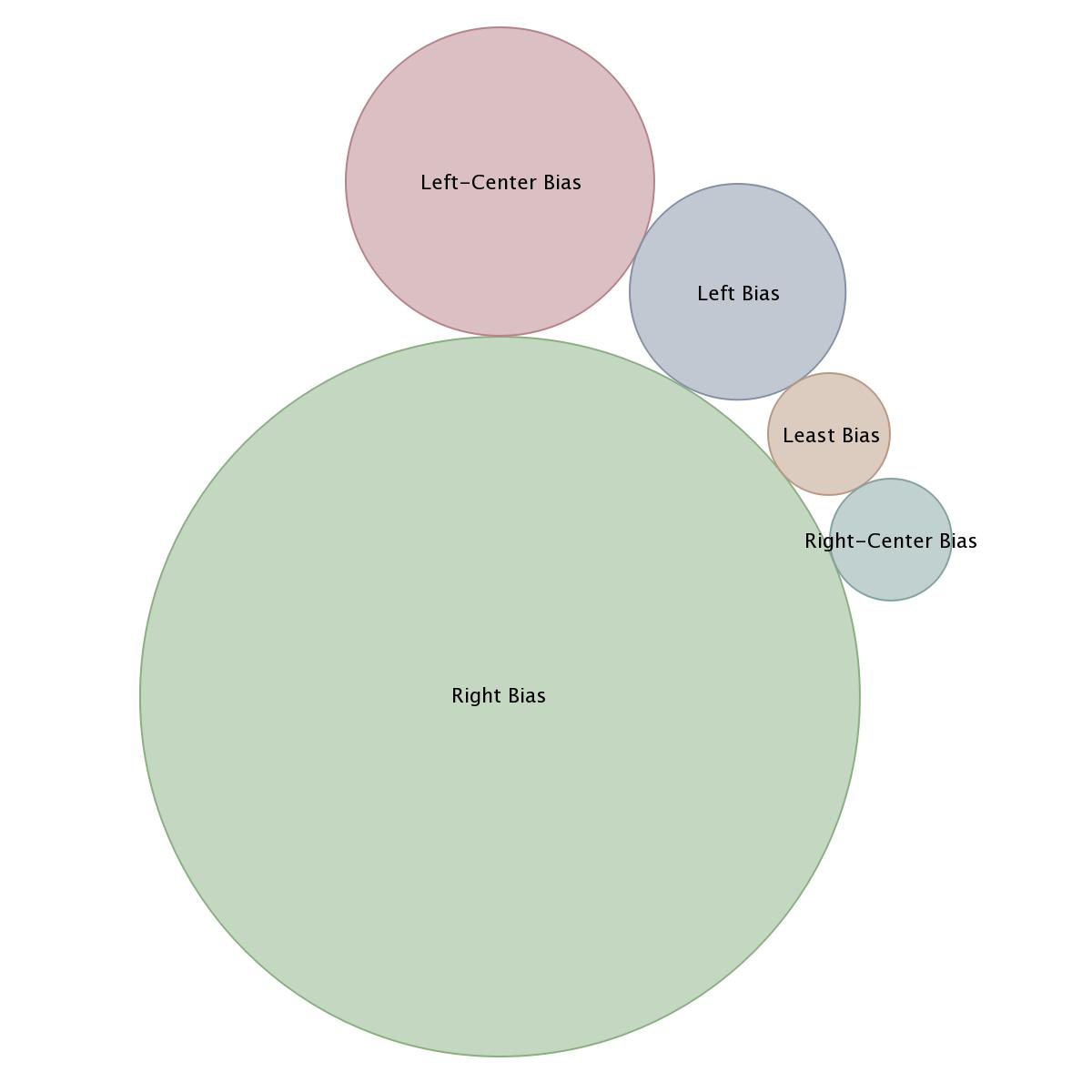
The film "Sound of Freedom" is a thrilling true story that follows Homeland Security Special Agent Tim Ballard as he takes on the dangerous task of rescuing missing children and raising awareness about child sex trafficking. Starring Jim Caviezel, the film has garnered attention from various media sources.
Our Kudzu Narrative Intelligence briefs auto-update every few hours with fresh analysis:
The film "Sound of Freedom" centers around the efforts of Homeland Security Special Agent Tim Ballard to combat child sex trafficking and rescue missing children. This issue highlights the importance of addressing this heinous crime and the role of law enforcement in protecting vulnerable children.
Key Takeaways:
Actor Jim Caviezel brings his passionate intensity to the portrayal of Tim Ballard in "Sound of Freedom." His performance captures the determination and bravery of Ballard as he circumvents law enforcement bureaucracy to undertake the dangerous mission of rescuing missing children.
Key Takeaways:
"Sound of Freedom" serves as more than just a film; it is a call to action and a tool for spreading awareness about child sex trafficking. The movie aims to ignite conversations and inspire viewers to take a stand against this crime.
Key Takeaways:
Overall, "Sound of Freedom" sheds light on the dark reality of child sex trafficking and the heroic efforts of individuals like Tim Ballard to rescue missing children. Through the powerful performances of Jim Caviezel and the impactful narrative, the film aims to inspire action and create a lasting impact in the fight against this heinous crime.
The top surfaced keywords in U.S. media reveal some interesting trends. Here is a comparative analysis of the different categories:
These keywords are crucial in understanding the competing narratives surrounding child trafficking and homeland security. The presence or absence of certain keywords in different categories can provide insights into the focus and coverage of U.S. media sources.

U.S. Media
Our Narrative Intelligence has conducted an analysis on bias in U.S. media, using our Narrative AI and Narrative Technology. The findings reveal significant disparities in media coverage across different political leanings.
Right-biased sources accounted for the highest percentage, at 156, followed by left-center bias at 38, left bias at 28, least bias at 17, and right-center bias at 17. This demonstrates a clear dominance of right-biased sources in the media landscape.
Comparatively, right-biased sources have more than triple the coverage compared to left-center sources, and more than five times the coverage compared to left-biased sources. These numerical differences highlight the imbalance in media coverage and the potential impact on public perception.
These insights shed light on the need for a more balanced and diverse media landscape, where multiple perspectives are represented and given equal weight. It is crucial for consumers of news to be aware of these biases and seek out a variety of sources to form a well-rounded understanding of current events.

U.S. Media
Note: Kudzu Narrative Intelligence briefs update every few hours. Very likely, the Narrative Analysis data visualization depicted in the graphic above will have changed as well.
Image Credit for Article Header: Genevieve, CC BY 2.0, via Wikimedia Commons